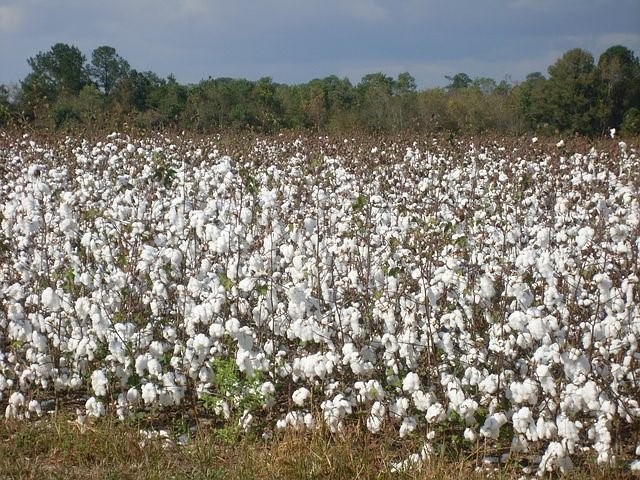A chemical cocktail in Fashion
The fashion industry is the second largest polluter in the world. It is an increasing problem for environmental protection because the industry is growing so fast.
Each year, textile companies discharge millions of litres of chemically contaminated water into our waterways. [1]
Around 8,000 synthetic chemicals are used in the fashion and textiles to transform raw materials into the products we use. Many of the chemicals also end up in freshwater systems [2] [3] According to the World Bank an estimated 20 % cent of water pollution comes from textile dyeing and treatment. Cotton production uses 4% of all the worlds pesticides.
The chemicals involved in fashion start from the cotton plant and from there to generation of fabric. Prior to dyeing, chlorinated solvents such as trichloroethane (TCE) as well as nonylthenol ethoxylates (NPEs) are used.
The use of these chemicals is currently restricted in the EU. The synthetic dyes used are AZO dyes. These chemicals are not stable and can have an impact on the skin. A new chemical group of concern – perfluorinated chemicals, are used in finishing processes in order to deliver waterproofing effects or flame retardance, or to create easy-care fabrics.
Effluent from these industries, if allowed to flow in drains and rivers has a huge impact on the quality of drinking water in hand pumps of countries like India, where the manufacturing predominates.

[1]http://documents.worldbank.org/curated/en/614901468768707543/pdf/922610WP0P11950DEL0FOR0GREEN0GROWTH.pdf
[2] https://www.scirp.org/Html/4-8301582_17027.htm
[3] https://www.sixdegreesnews.org/archives/25949/textile-industry-under-pressure-to-detox-fashion


Recent Comments